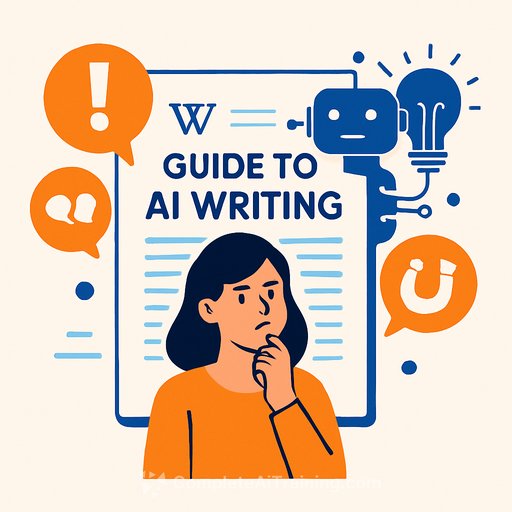How to Spot AI Writing: A Practical Guide for Writers
Ever read an article or social post and thought, “This sounds off—probably AI-written”? Most people can tell when AI writing misses the mark, but pinpointing exactly why it feels wrong can be tricky. Fortunately, Wikipedia’s editor team recently compiled a detailed list called Signs of AI Writing. This resource breaks down the common clichés, odd tones, and repetitive patterns that reveal AI-generated content. Whether you want to identify AI writing or refine your own AI-assisted drafts, their guide offers valuable insights.
Why Wikipedia Cares About AI Content
Wikipedia relies on volunteers to maintain its vast, niche database of topics—from obscure cheeses to celebrity trivia. This setup makes it vulnerable to AI-generated edits that often lack real understanding. Adding to the problem, brands have financial incentives to appear legitimate by quietly editing or creating Wikipedia pages, sometimes using AI to flood the site with low-quality content. These “sloppy” AI contributions can easily hide among unrelated updates, making detection harder.
Typical AI Writing Habits to Watch For
Wikipedia’s editors have become experts at recognizing AI writing because they face it constantly. Their Signs of AI Writing list highlights specific patterns, moving beyond superficial hacks like punctuation quirks that AI quickly learns to avoid.
- Overuse of Flattering Language: AI tends to call everything “fascinating,” “majestic,” or “captivating,” giving undue emphasis to symbolism and importance.
- Excessive Transition Phrases: Phrases like “in summary,” “overall,” or constructions such as “not only... but also...” appear frequently, often repeating information unnecessarily.
- The Rule of Three: AI loves grouping traits or ideas in threes—for example, describing a person as “creative, smart, and funny.” This literary trick often becomes formulaic when overused.
- Polished but Shallow: AI can produce smooth, grammatical prose that masks a lack of real insight or depth on the topic.
- Formatting Quirks: Consistent use of certain heading styles, bolded words, or curly quotation marks may also hint at AI origin.
Good Writing Habits Gone Robotic
Interestingly, many AI writing traits mimic good writing techniques used by humans. The problem is predictability and lack of nuance. AI follows these patterns rigidly, resulting in text that feels formulaic, repetitive, and less engaging. This polished surface can trick readers into thinking the content is solid, when it’s actually superficial.
How Writers Can Use This Knowledge
If you edit Wikipedia or craft content with AI tools, this list is a practical checklist for quality control. When reading a suspicious piece, ask:
- Is the language overly effusive or repetitive?
- Are transition phrases and the Rule of Three showing up too often?
- Does the writing feel formulaic or lacking substance?
On the flip side, if you use AI to draft articles, social posts, or marketing copy, reviewing your output against these signs can help you make it sound more natural. Manually editing AI-generated text to reduce clichés and add human nuance improves readability and authenticity.
One effective trick is to include Wikipedia’s Signs of AI Writing list as part of your prompt when generating content with tools like ChatGPT or Claude. Simply ask the AI to avoid those patterns, and you’ll notice a clear improvement in tone and variety.
Final Thoughts
Wikipedia’s detailed focus on stylistic patterns rather than quick detection hacks makes their guide a rare and useful resource. Writers can use it to sharpen their skills in spotting lazy AI writing and to elevate their own AI-assisted content beyond generic and robotic prose.
For writers interested in exploring AI writing tools and learning how to produce better content with them, consider checking out Complete AI Training’s courses for writers. These resources can help you balance efficiency with genuine voice.
Your membership also unlocks:






